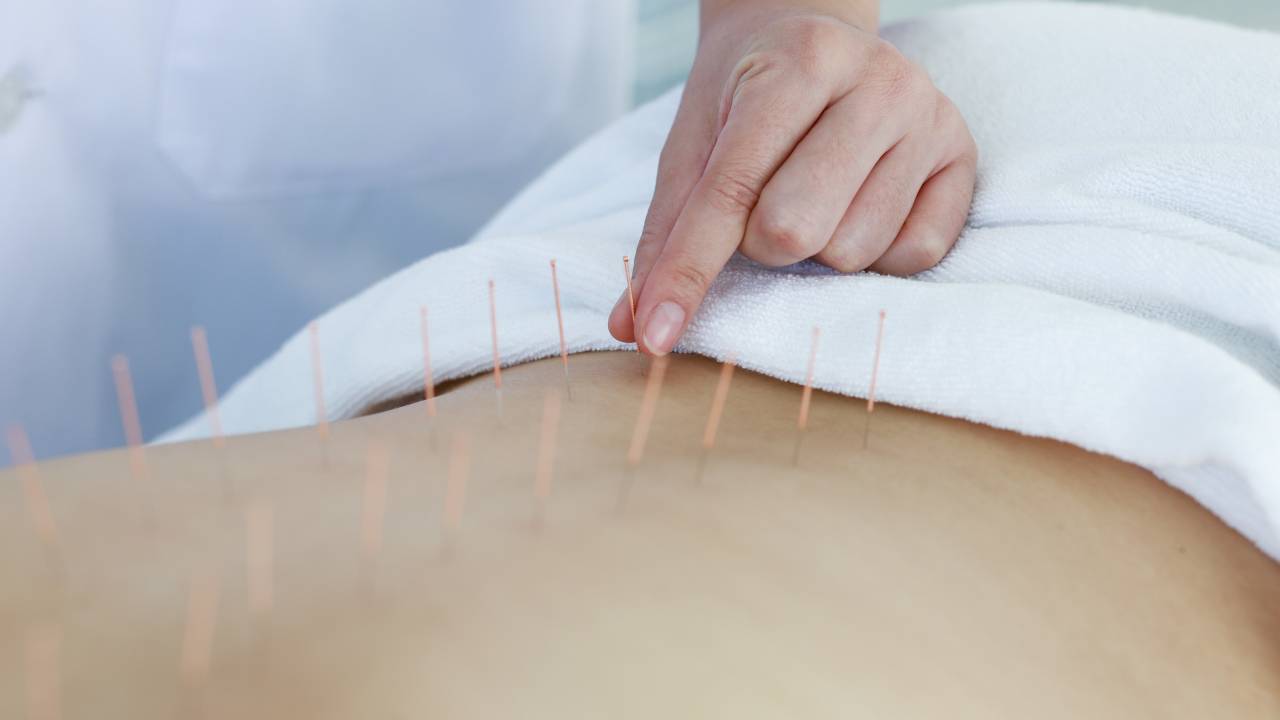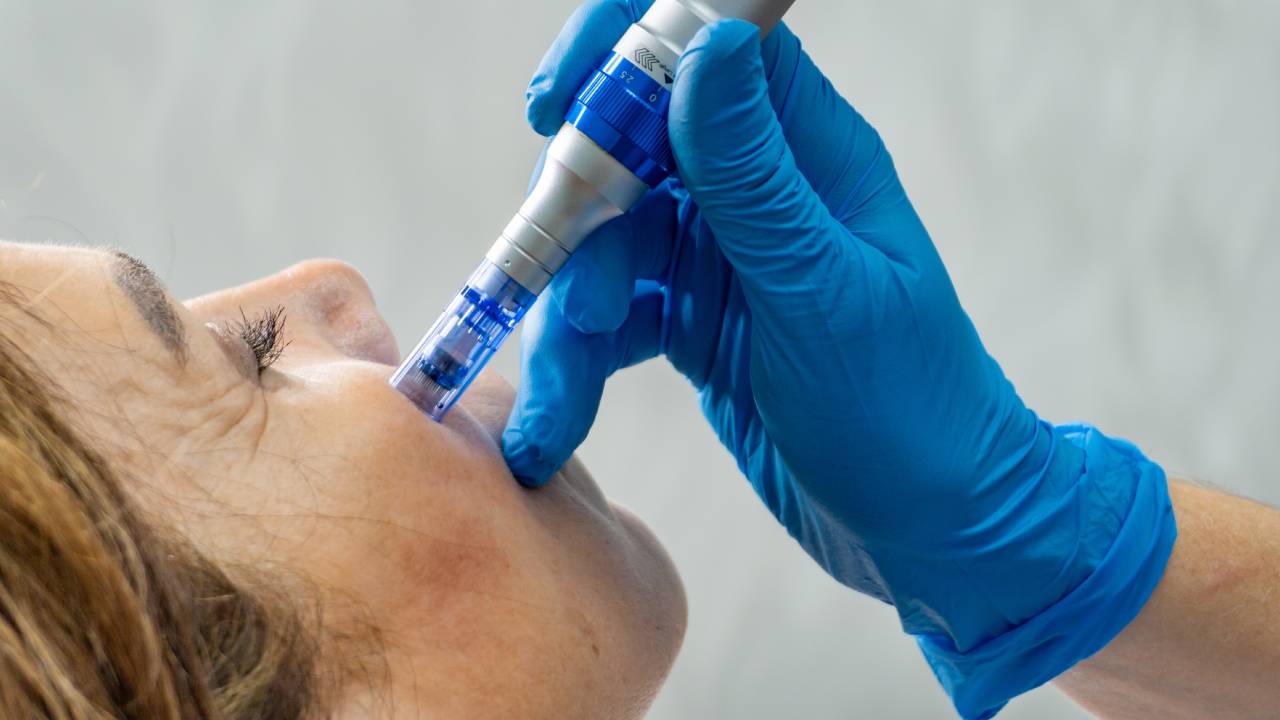Why Try Hijama in Toronto for Pain Relief?
What Makes Hijama an Intriguing Option for Pain Management?
Modern lifestyles often demand long hours at desks, repetitive physical tasks, or intense sports training. These habits can leave the body feeling tight, sore, and worn down. In recent years, more people have been seeking ways to manage discomfort without relying solely on medication. One approach gaining attention is Hijama in Toronto, an ancient therapy with modern relevance.
This traditional technique, also known as cupping therapy, involves creating suction on targeted areas of the body. The goal is to stimulate circulation, loosen tissues, and support the body’s natural recovery processes. Its roots date back centuries in various cultures, and people are now exploring its benefits alongside physiotherapy and other rehabilitative care.
Why More Toronto Residents Are Exploring Hijama
In a city where work-life balance can be a challenge, many residents are turning to Hijama in Toronto as part of their wellness strategy. People often seek it out for:
- Muscular tightness from desk work or physical labour
- Post-exercise recovery after sports or training
- Chronic discomfort that resists conventional approaches
- Headaches linked to muscle tension
- General sluggishness or reduced mobility
Part of its appeal lies in its adaptability. Whether you’re an athlete, an office professional, or someone recovering from an injury, the practitioner can adjust sessions to suit specific needs.
How the Technique Works on the Body
Hijama in Toronto typically involves placing small cups on the skin and creating suction either through dry cupping (without incisions) or wet cupping (with minor surface incisions). This suction encourages increased blood flow to the treated area, which can help release muscle tension, break up fascia restrictions, and promote tissue repair.
For example, placing cups across the upper back and shoulder region might help a person dealing with persistent shoulder discomfort find Relief. An athlete could benefit from targeted treatment on the legs to maintain flexibility after strenuous training.
Integrating Hijama with Physiotherapy
When used alongside physiotherapy, Hijama in Toronto can complement recovery in a meaningful way. Physiotherapy focuses on restoring strength, flexibility, and proper movement patterns. At the same time, cupping helps prepare the muscles and tissues for this work.
In practice, a physiotherapist might recommend a cupping session before guided stretching or strength exercises. The improved circulation and loosened tissues can make the exercises easier and more effective, while also reducing post-session soreness.
What to Expect in a First Session
If you’re new to Hijama in Toronto, sessions usually start with an assessment. The practitioner will ask about your medical history, lifestyle, and pain points. Practitioners choose specific areas for treatment based on this information.
The practitioner applies the cups, creates suction, and leaves them in place for several minutes. Mild redness or circular marks are common after the session, a standard response that typically fades within a week.
Safety Considerations Before Starting
When performed by trained professionals, Hijama is generally considered safe. However, some people may need to avoid it, including those who are pregnant, have bleeding disorders, or are on certain medications.
A reputable clinic will follow strict hygiene measures, using sterilized equipment and ensuring proper skin preparation before each session. Sharing your health information with the practitioner beforehand is essential for safety and effectiveness.
Why It’s Gaining Ground in Toronto
The increased availability of Hijama in Toronto means more people have access to skilled practitioners who understand both the traditional and modern applications of the therapy. The city’s diverse population also brings a cultural familiarity with the practice, encouraging its integration into mainstream wellness options.
In a fast-paced urban environment, therapies that are non-invasive, adaptable, and supportive of overall function hold strong appeal. For many, Hijama offers a refreshing way to address recurring tension or discomfort without a heavy reliance on medications.
Taking the Next Step in Your Wellness Plan
If you’re looking for a pain management approach that blends tradition with contemporary care, Hijama in Toronto is worth exploring. Whether you’re recovering from an injury, easing the effects of a desk-bound routine, or aiming to enhance athletic recovery, this therapy can work alongside physiotherapy to support your goals.
For residents seeking experienced practitioners in a supportive setting, Mizan Wellness offers professional Hijama services as part of a broader care approach.




